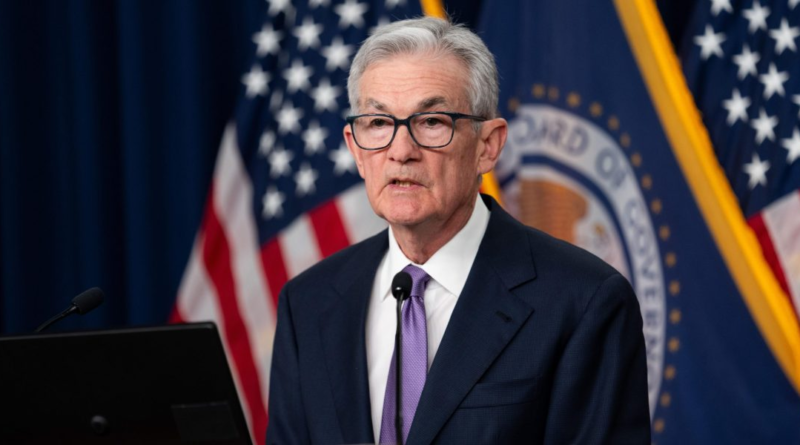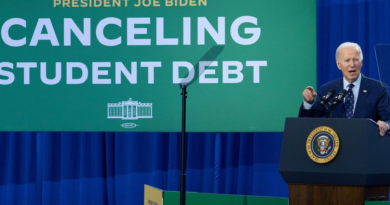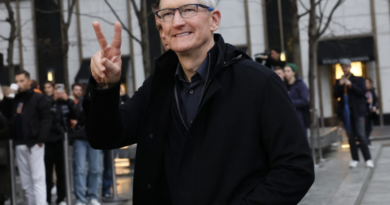Fed chief Jerome Powell left interest rates unchanged last month but said further hikes are still 'possible'
The Federal Reserve’s policymakers concluded last month that inflationary pressures were easing and that the job market was cooling. In response, the officials chose to leave their key interest rate unchanged for the third straight time and signaled that they expected to cut rates three times in 2024.
According to the minutes of their Dec. 12-13 meeting released Wednesday, Fed officials indicated in their own interest-rate forecasts that a lower benchmark rate “would be appropriate by the end of 2024” given “clear progress” toward taming inflation.
But they ”stressed the importance” of remaining vigilant and keeping rates high “until inflation was clearly moving down sustainably” toward their 2% target. And though Chair Jerome Powell suggested at a news conference after the meeting that the Fed was likely done raising rates, the minutes show that Fed officials felt the economic outlook was uncertain enough that that further hikes were still “possible.”
Still, the policymakers sounded optimistic about the outlook for inflation. They mentioned the end of supply chain backlogs that had caused shortages and higher prices, a drop in rents that is beginning to move through the economy and an increase in job seekers, which makes it easier for companies to fill vacancies without having to raise pay aggressively.
The central bank began raising rates in March 2022 to combat an unexpected resurgence in consumer prices that had begun nearly a year earlier. The Fed has since raised its benchmark rate 11 times to a 22-year high of about 5.4%.
The anti-inflation campaign has made steady progress, allowing the Fed to leave its benchmark rate unchanged since July. Consumer prices were up 3.1% in November from a year earlier — down from a four-decade high 9.1% in June 2022.
Higher rates were widely expected to trigger a recession in the United States, the world’s largest economy. But the economy and the job market have proved unexpectedly resilient.
The U.S. gross domestic product — the economy’s total output of goods and services — grew at a robust 4.9% annual rate from July through September on strong consumer spending and business investment. At their meeting last month, some Fed officials noted that toward the end of 2023, the economy appeared to have slowed.
American employers added a healthy 232,000 jobs a month through November last year. The December jobs report, which the government will issue Friday, is expected to show that the economy added 155,000 jobs last month and that unemployment rose slightly to 3.8%. It would mark the 23rd straight month it’s come in below 4%, longest such streak since the 1960s.
Hiring has decelerated, and the Labor Department reported Wednesday that job openings had fallen in November to the lowest level since March 2021. The Fed sees a reduction in job openings as a painless way — compared with layoffs — to reduce pressure on companies to raise wages to attract and keep workers, which can lead to higher prices.
The combination of decelerating inflation and a sturdy economy has raised hopes that the Fed can engineer a so-called soft landing — slowing economic activity just enough to tame inflation without causing a recession.




